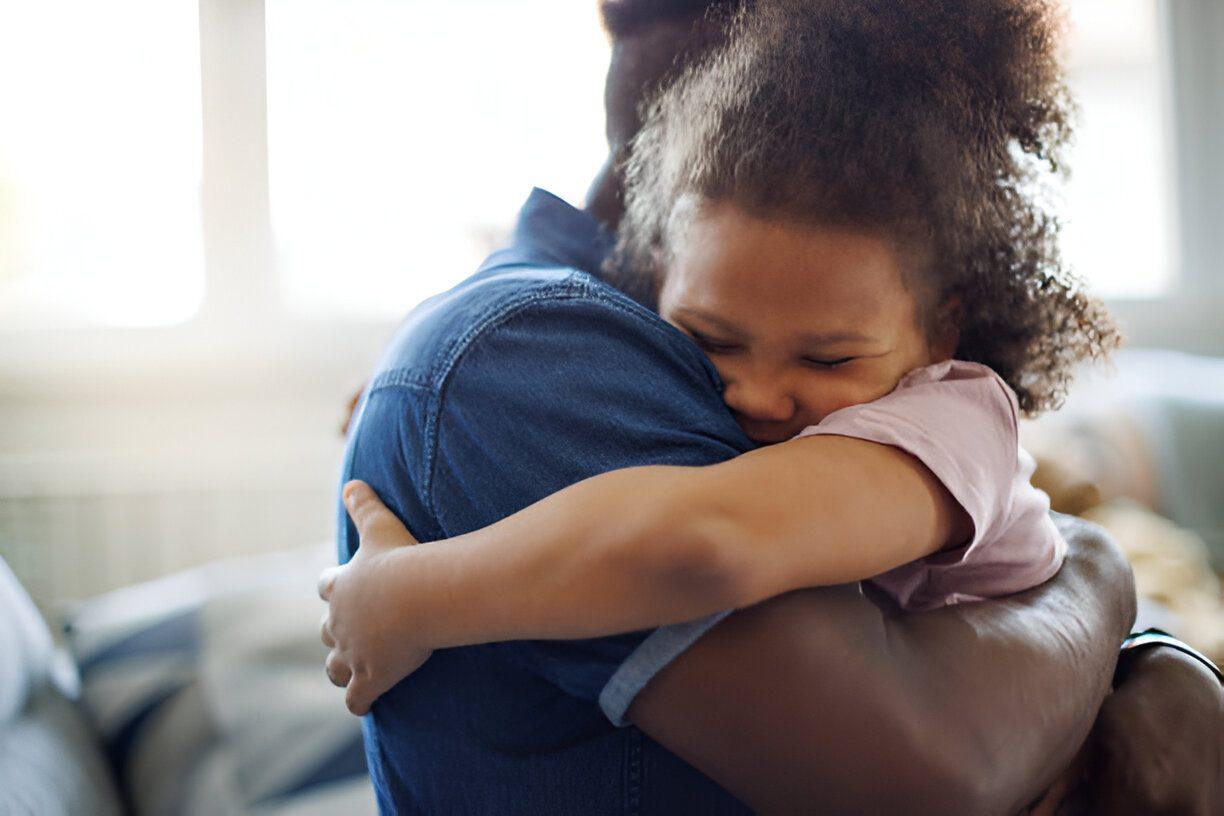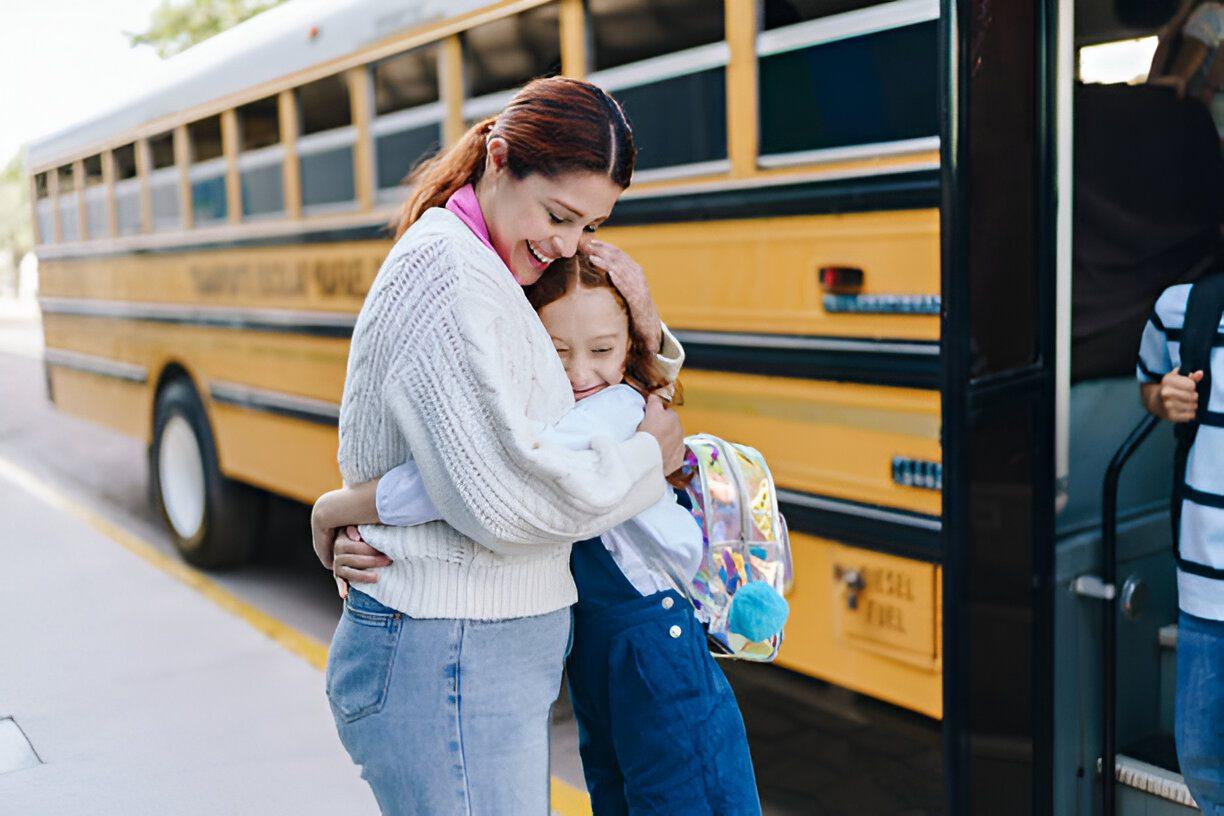Introductory Story
I once watched a student quietly leave the room during a Father’s Day activity. Later, I learned he had recently lost his dad. That moment shifted my perspective—it became clear how important it is for teachers to create spaces where grieving children feel seen and supported. Grief is a complex and deeply personal journey, especially for young students, and teachers often become a critical source of stability and compassion.
“I once read about a mother who helped her son cope with losing his grandfather by planting a tree in his honor. Each week, they’d water it together, share memories, and watch it grow. This simple ritual became a powerful way to process grief, blending love, remembrance, and healing.”
Understanding Grief in Children

Children experience grief differently than adults, often expressing it through behavior rather than words. Recognizing these signs is the first step in providing meaningful support:
- Behavioral Changes: Withdrawal, acting out, or regression (e.g., thumb-sucking or bedwetting).
-
Play as Expression: Themes of loss or sadness often emerge in play.
-
Physical Symptoms: Headaches, stomachaches, or changes in appetite and sleep patterns.
Grief in children is not linear, and emotions may surface sporadically, triggered by memories or milestones.
Creating a Safe Space for Expression
Parents are the architects of emotional safety, fostering environments where children feel seen and heard.
Encourage Open Communication
Use gentle prompts like “What do you miss most about them?” to start conversations.
Be patient—some children may need time before they can articulate their feelings.
Normalize Emotions
Reassure your child that feelings of sadness, anger, or confusion are natural.
Share your own emotions in age-appropriate ways to model vulnerability and openness.
Rituals and Remembrance
- Create tangible ways to honor the loved one:
- Light a candle on special dates.
- Create a memory box with photos, letters, or keepsakes.
- Plant a tree or dedicate a small garden in their memory.

As one parent reflected: “I thought my daughter’s grief would break her, but it made her kinder, more compassionate. She reminds me every day that we carry love forward, even in loss.”
Educating and Explaining
Children need clear, age-appropriate explanations about death to process their grief.
Tailored Explanations
- For younger children: Use simple language, e.g., “They won’t come back, but we can always remember them.”
- For older children: Acknowledge the permanence of death while offering space for questions.
Use Books and Stories
- Grief-focused children’s books can bridge complex emotions and young minds. Examples include:
- “The Invisible String” by Patrice Karst.
- “When Dinosaurs Die” by Laurie Krasny Brown and Marc Brown.
Supporting Emotional Regulation
Grief can feel overwhelming for children. Parents can guide them in managing their emotions:
Model Healthy Coping
- Show your child that it’s okay to cry, talk about feelings, or use creative outlets like drawing or writing.
- Share your coping strategies, such as journaling or walking in nature.
Maintain Routine
- Keep daily schedules consistent to provide a sense of stability and predictability.
- Small routines, like family meals or bedtime rituals, can offer comfort amidst chaos.
Seeking Additional Support
When grief feels too heavy, professional or community support can provide relief:
- Grief Counseling: Child-focused therapists offer tailored tools to help children process emotions.
- Support Groups: Connecting with other grieving families can normalize the experience and reduce isolation.
- Community Resources: Explore local organizations like The Dougy Center or The Compassionate Friends.
Address Peer Interactions
A parent’s emotional health directly impacts their ability to support their child.
Prioritize Your Healing
- Dedicate time for self-care, whether through therapy, hobbies, or connecting with friends.
- Acknowledge your own grief to model emotional resilience.
Communicate with Co-Parents
- Align approaches with your partner or co-parent to ensure consistent support for your child.
- Offer mutual support as you navigate the loss together.
Things To Try This Week!
- Start a Memory Ritual: Dedicate time each week to honor the loved one, such as lighting a candle or sharing a favorite story.
- Read Together: Choose a grief-focused children’s book and read it with your child, using it as a springboard for discussion.
- Create a Memory Box: Gather photos, small keepsakes, or write notes to include in a special box for your child to revisit.
- Take a Nature Walk: Spend time outdoors with your child, reflecting on memories while finding peace in nature.
- Express Gratitude: Encourage your child to write a thank-you letter to the loved one, expressing what they appreciated most about them.
Conclusion
Grieving is not about “moving on” but about learning to live with loss while embracing life again. Parents have the unique ability to teach children resilience by showing them that it’s okay to feel pain, cherish memories, and find joy in new beginnings.
What Healing Looks Like:
- Revisiting memories without overwhelming sadness.
- Recognizing growth and strength that emerged from the journey.
- Embracing the loved one’s legacy through stories, values, or traditions.
Honoring Family Bonds: Cherish Those You Love
Loss reminds us of the precious bonds we hold dear.
Whether you seek to honor cherished memories or celebrate the love that remains, our curated collection of ways to cherish family offers inspiration and comfort. Explore meaningful ideas to treasure your loved ones today:
Finding Comfort, One Heartfelt Step at a Time
No matter where life takes you, caring for your emotional well-being should always have a place in your daily routine. Our All Things Cherish collection offers soothing keepsakes, reflective prompts, and heartfelt resources crafted to nurture hope in every season. Let us walk beside you on the path to renewed strength and lasting peace—click here to explore and embrace all that cherishing yourself can bring.
Cherish Parents: Honoring Their Legacy with Love
Parents leave an irreplaceable mark on our lives. Celebrate their legacy with our “Cherish Parents” collection, featuring thoughtful keepsakes and ways to preserve their memory for generations to come.
More Reflections, More Growth
Loss is complex, and the road to healing is different for everyone. These reflections offer insight, support, and guidance as you navigate this journey.
Daring to Dream Again: Rebuilding Hope After Loss
Building new dreams after loss is a journey of courage and growth. Explore how to honor the past while creating aspirations that reflect your evolving self and potential.
When Hopes Fall Short: Coping with Lost Dreams and Aspirations
The grief of lost dreams runs deep, touching our identity and purpose. Explore how to process this loss, find resilience, and embrace new opportunities for growth.
Letting Go of What Might Have Been: Grieving a Lost Future
Grieving an imagined future is a silent, often unspoken sorrow. This guide explores how to navigate the loss of unfulfilled dreams, embrace resilience, and forge new possibilities.
When Loss Shapes Who We Are: Embracing an Identity Tied to Grief
Loss often becomes a defining thread in the fabric of our identity. This article explores how grief shapes who we are, offering pathways to integrate loss, foster growth, and embrace resilience.
Becoming Beyond Loss: Grieving the Person You Used to Be
Grieving the loss of who you were is a deeply human experience. Explore how to honor your past self, embrace transformation, and create a fulfilling new identity in the wake of life changes.
Honoring the Legacy of a Grandparent
Grandparents shape our lives through love, wisdom, and values. Learn meaningful ways to honor their legacy, preserve memories, and carry their impact forward.
Navigating the Waves of Grief: Helping Children Cope with Grandparent Loss
Supporting a child through the loss of a grandparent is a journey of love, patience, and compassion. This guide offers age-appropriate strategies to help children grieve while preserving cherished memories.
Finding Comfort After Losing a Grandparent
Grieving a grandparent is deeply personal. This guide offers compassionate advice to help you find comfort, honor their memory, and carry their love forward.
Supporting Grieving Students in the Classroom: A Teacher’s Guide
Grief in young students often appears as confusion, withdrawal, or even unexpected bursts of emotion. Teachers, as pillars of stability, can make a profound difference. This guide offers practical strategies, heartfelt insights, and tools to create a compassionate classroom where grieving children feel supported and understood.”
Explore Journeys of Healing and Solace:
Discover dedicated spaces that offer understanding, guidance, and connection through grief. From the loss of loved ones to life’s challenging transitions, each category provides a pathway to reflect, connect, and find peace in shared experiences.


























